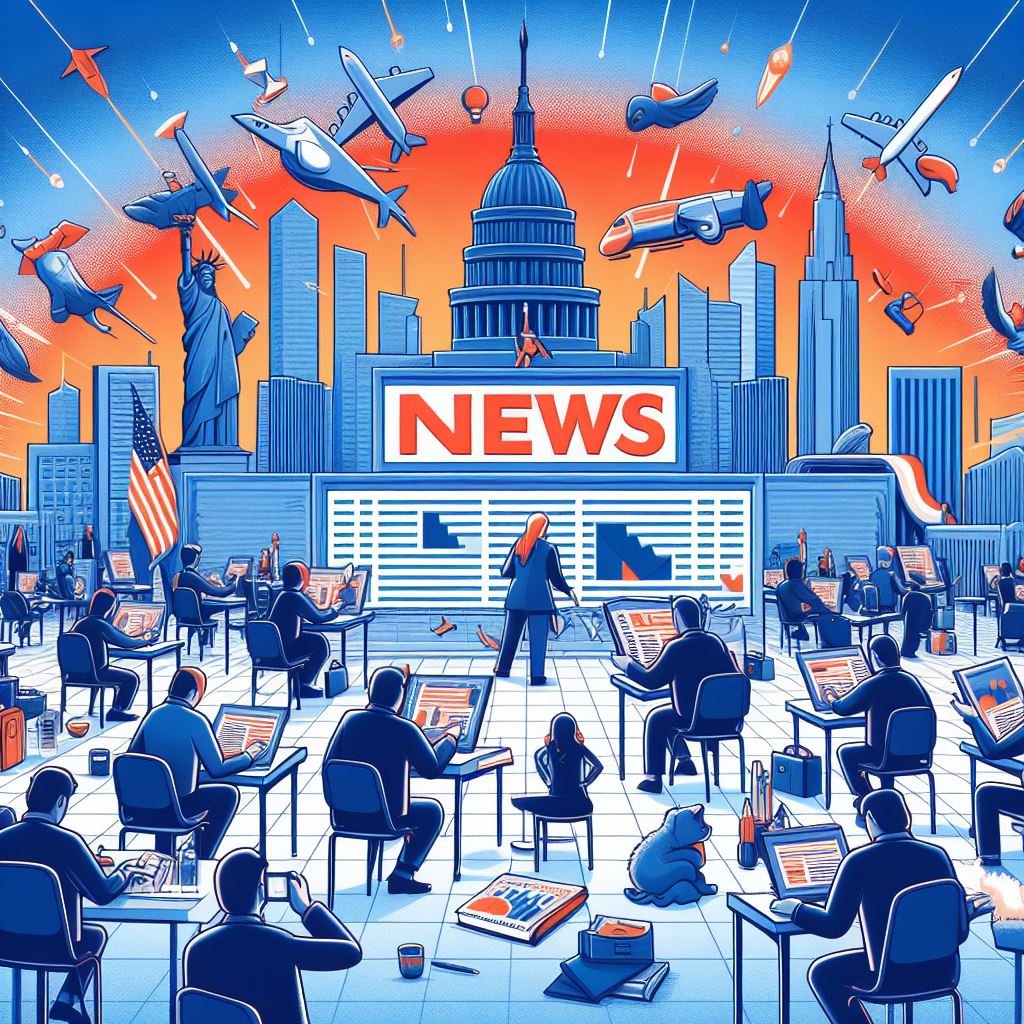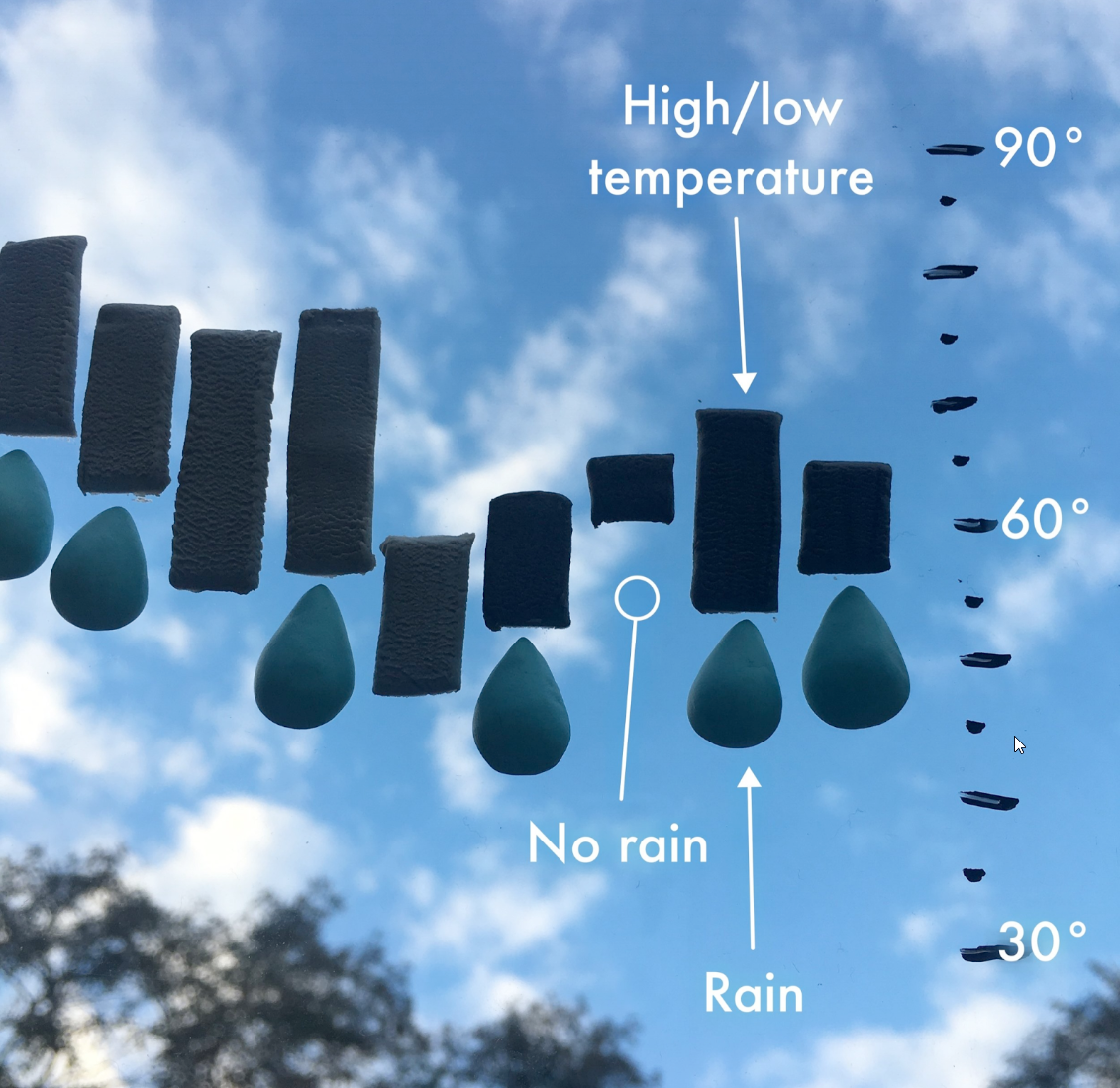Like us, you might have noticed a few changes if you paid for anything in the previous six months. The cost of meat has increased. The cost of fruits has increased. The cost of electricity is rising. Furniture costs are rising. The cost of cars has increased. The rent has increased. The price of gas has increased. On the other side, your compensation may not change at all!
The US and other nations are currently seeing unprecedented levels of inflation following more than 20 years of gradual and steady price hikes. And we all know how that goes: Greedy businesses raise their prices, wages are reduced, and common people suffer. Right?
Not quite. Understanding the causes of inflation is more difficult than most people understand, and frequently the people who are held accountable for it are not to blame. The truth is that the economy needs inflation, at least some of it, to function.
In this blog post, we’ll dive into the topic of inflation, using different visualizations and chart types created in everviz.
So, what is Inflation?
Inflation is a measurement of the rate that prices are rising over time. Inflation is reported as a percentage, meaning that if something costs $10 one year and $10.20 the next, then that would correspond to an inflation rate of 2%.
Movie tickets have more than doubled since Independence Day was released in 1996.
Inflation can be also described as the rate at which the value of a currency is falling. As prices go up, the purchasing power of your cash goes down. You get less for your money.
Inflation impacts all aspects of the economy. It affects the prices of the goods and services we buy, employment rates and wages, interest rates on savings and loans, currency exchange rates, and government policies on things like the tax we pay.
Rate of Inflation
The higher the rate of inflation, the faster prices are rising, and your money loses purchasing power more quickly.
This can cause people to buy now rather than wait and have to spend more later. But the faster people spend, the further the prices rise, and the rate of inflation rises even higher.
However, prices don’t all rise consistently. Some items may rise in price more rapidly than others – some items may even get cheaper. There are lots of different factors at play that can impact prices of goods and services.
Fluctuations in the price of animal products in the USA over the last 20 years: the cost of beef has risen more than the cost of chicken.
Causes of Inflation
There are three main factors that influence inflation rates:
1. Production Costs
Known as ‘Cost-Push Inflation’, this occurs when the cost of production increases but consumer demand for the product remains steady. It can be driven by various factors including increases in the price of raw materials, staff wages, and energy costs.
Causes include natural disasters such as droughts or hurricanes which can destroy crops on a large scale. Wars can also have a significant impact; for example, the Ukraine conflict has driven global cooking oil shortages with over half of the world’s sunflower seed crop being affected.
Low unemployment rates can also drive increasing costs as staff shortages mean companies are forced to raise wages in order to maintain production.
The price increases are all passed on to the consumer resulting in rising costs across a wide range of goods and services.
Factors affecting inflation rates in the US since 1914. There were significant periods of deflation associated with World War I and World War II. More recently, inflation rates have risen sharply since the Covid pandemic in 2019/2020.
2. Demand
A surge in demand for goods or services can lead to a company increasing prices to benefit from the consumers’ willingness to spend. This can be driven by a booming economy with high employment and rising wages. As people spend more, this leads to increased production thus further boosting the economy and creating more jobs. This is known as ‘Demand-Pull Inflation’.
3. Fiscal Policies
Governments may adjust their policies to attempt to maintain a healthy economy with a steady rate of inflation. They may attempt to stimulate the economy by spending on large-scale infrastructure projects (to create jobs and increase demand for goods). They can also adjust tax policies, reducing taxes to encourage businesses or individuals to spend more.
Central banks can also adjust interest rates. Lower rates mean banks can lend more money which can lead to increased spending.
The price of some commodities is heavily influenced by government tax policies as well as global supply and demand. Fuel duties in the UK make it one of the most expensive places to buy gasoline and diesel
Gasoline costs vary considerably between countries (chart show cost in $US per liter for the G20 countries)
How Inflation is Measured
A commonly used measure of inflation is the Consumer Price Index or CPI. This is a measurement of the change in the price of a range of consumer goods and services. A ‘basket’ of measures is defined by choosing sample items to represent typical consumer habits (i.e. goods and services that a household might purchase).
The average price of each item in the basket is measured periodically and the individual components are weighted to calculate overall measures of the price changes in different categories. The basket of representative goods and services varies by country but covers expenditure on items such as food, energy, travel, housing, clothing, education, leisure, and other common purchases.
In the US, the highest inflation rates in 2022 have been in the energy sector. The cost of airline services has also risen at a high rate, partly driven by higher fall costs, but also due to the impact of the Covid-19 pandemic in recent years.
The Consumer Price Index is regularly updated to reflect changing consumer habits. For example, in 2022, the UK removed items such as coal, donuts, and reference books from the basket as these were no longer considered to be typical household purchases. Additions to the basket included meat-free sausages, antibacterial wipes, and adult craft kits.
Is Inflation Good or Bad?
While rapid inflation is generally thought to be damaging, a small and steady rate of inflation can be a sign of a healthy, growing economy.
A slow and steady rate of inflation means that costs are rising but not too fast. Many countries, including the USA, attempt to keep inflation at a rate of around 2%. They do this by adjusting government policies to respond to the changing economic conditions.
Borrowers can benefit from high inflation rates as they have the effect of decreasing the value of debt. This means inflation can be beneficial if you have a loan or mortgage.
Governments often have huge debts too, so they also benefit from inflation. They also stand to benefit from increased tax revenues when the economy is growing.
Rising prices also mean that companies are more likely to offer pay rises. Even if the pay rise does not match the rate of inflation, it is still better than stagnant wages or even pay cuts.
However, if the rate of inflation gets too high, this can cause problems. There is typically a time lag between price rises and pay rises, so the general public may struggle to afford the cost of living.
Inflation reduced the value of money, which is bad news for savers who are less likely to see any real return on their money.
The economy can also suffer, especially if inflation rates are much higher than in other countries, making production uncompetitive on the global market.
In extreme cases, very high inflation rates can result in the collapse of the economy, as happened in Zimbabwe in 2007-2009 when price levels increased by 80 billion percent in a single month. As a result, people stopped using the local currency and the economy crashed.
Several countries, including Zimbabwe, are experiencing inflation rates of over 100%, while South Sudan is currently the only country to be experiencing deflation.
What is Deflation?
Deflation is a negative rate of inflation. In other words, it means there is a decrease in the price of goods and services across the economy.
This has some advantages because lower prices can encourage spending and stimulate the economy. It can also promote stability and encourage people to save more.
However, rapid deflation can be a problem for borrowers. If house prices fall too much this can result in people holding mortgages that exceed the value of their homes (negative equity).
Deflation can be brought about by an increase in supply. This can be a positive thing – for example, falling prices can result from increased productivity. This occurred with the industrial revolution when new methods in factory production made a whole range of goods widely available and affordable.
Deflation can also occur when money or credit is limited so people cannot afford to purchase as much, as occurred following the 2008 financial crisis.
Summary
A healthy economy is a balancing act. A little inflation is generally considered a good thing.
Stable and steady inflation rates give confidence and help economic growth, but they can be easily upset by external factors such as wars, pandemics, natural disasters and international political situations.
Governments can influence inflation rates with monetary policies but they need to balance many conflicting interests as well as respond to external factors.


